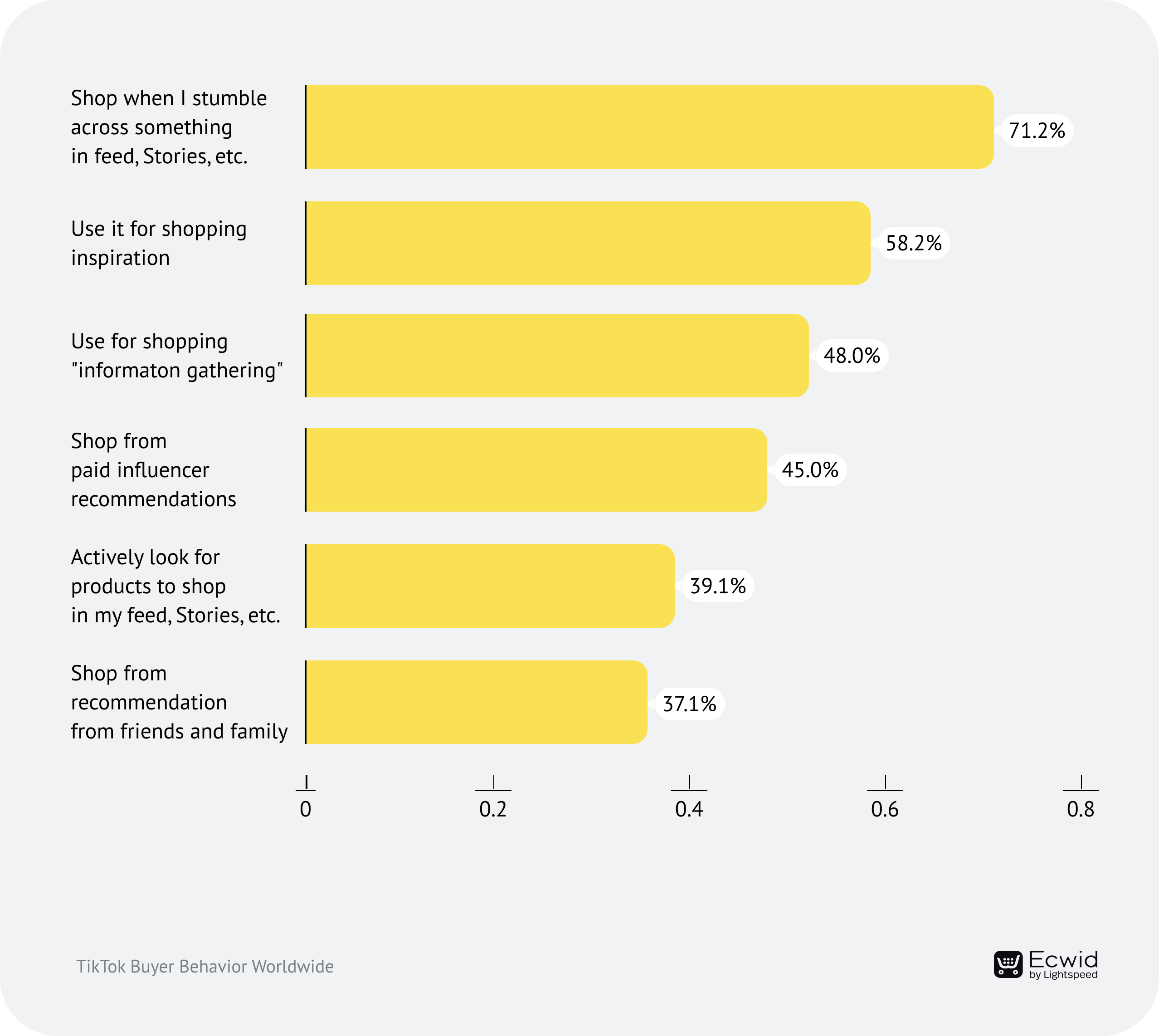Increased Access To Birth Control: Examining The Post-Roe OTC Landscape

Table of Contents
The Potential Benefits of OTC Birth Control
The prospect of over-the-counter birth control offers several compelling advantages for women's reproductive health and autonomy. Increased access to affordable birth control methods could significantly improve outcomes. Key benefits include:
- Increased convenience: Obtaining birth control without a doctor's appointment saves time and reduces barriers to access, particularly for women in rural areas or those with limited transportation. This ease of access directly impacts compliance and consistent use.
- Improved affordability: OTC birth control has the potential to be significantly cheaper than prescription methods, making it more accessible to low-income women who may otherwise struggle to afford necessary reproductive healthcare. This directly addresses socioeconomic disparities in access to contraception.
- Enhanced privacy: Purchasing birth control OTC allows women greater control over their reproductive choices and avoids the potential discomfort or stigma associated with discussing personal health information with a healthcare provider. This protects personal autonomy and ensures confidentiality.
- Promotes self-care: Empowering women to manage their reproductive health through easy access to birth control promotes self-care and agency over their bodies and futures. This shift towards self-management is key to achieving better health outcomes.
- Increased accessibility for underserved populations: Women in underserved communities, including those facing geographical or financial barriers, would benefit significantly from increased access to OTC birth control. This bridges existing health equity gaps.
Wider availability of OTC birth control translates to better reproductive health outcomes. Studies have shown improved birth control adherence with readily available options, leading to a reduction in unintended pregnancies. This improved adherence is a direct result of increased convenience and affordability.
Challenges and Concerns Regarding OTC Birth Control
While the potential benefits of OTC birth control are considerable, several challenges and concerns warrant careful consideration. These challenges require proactive solutions to ensure safe and effective use:
- Potential for misinformation and incorrect usage: Without proper guidance, individuals might misuse OTC contraceptives, leading to reduced efficacy and increased risk of unintended pregnancy. Misinformation readily spreads online, necessitating robust public health campaigns.
- Concerns about increased risk of unintended pregnancies due to improper use: Incorrect usage, influenced by a lack of understanding or misinformation, poses a significant risk. This underscores the importance of comprehensive educational programs.
- Need for clear and accessible educational materials: Providing clear, accurate, and easily accessible educational materials on proper use, potential side effects, and contraindications is crucial to mitigate the risks associated with OTC birth control. This includes multiple formats, such as videos, infographics, and multilingual resources.
- Regulatory challenges in ensuring quality and safety of OTC options: Strict regulatory oversight is necessary to ensure the quality, safety, and efficacy of OTC birth control methods. This requires collaboration between regulatory bodies, manufacturers, and healthcare professionals.
- Potential for abuse or diversion of certain contraceptive methods: Some contraceptive methods may be susceptible to misuse or diversion. Robust regulatory measures and monitoring are essential to prevent this.
Addressing these concerns requires a proactive approach through robust public health campaigns that counter misinformation and promote responsible contraceptive use. Clear guidelines and readily available educational resources are essential.
The Role of Education and Public Health Initiatives
Effective implementation of OTC birth control necessitates a significant investment in education and public health initiatives. These initiatives are crucial to ensure safe and responsible use:
- Importance of comprehensive sex education: Comprehensive sex education in schools and communities is vital in providing accurate information about various contraceptive methods, their effectiveness, and potential side effects. This education should begin early and be inclusive of diverse populations.
- Public health campaigns promoting safe and effective contraceptive use: Targeted public health campaigns can educate the public on responsible contraceptive use, dispelling myths and providing accurate information about OTC options. These campaigns should be accessible across diverse communities.
- Availability of patient counseling services: Providing access to patient counseling services, both in-person and through telehealth, can help individuals choose the most appropriate contraceptive method and address any concerns or questions they may have. This personalized approach is vital.
- The role of telehealth in providing remote access to reproductive health information and services: Telehealth offers a convenient and accessible way for individuals to receive reproductive health information and support, particularly in underserved areas. This technology can bridge geographical gaps.
- Increased access to reliable and unbiased information about birth control options: Ensuring widespread access to accurate, evidence-based information about all available birth control options is crucial. This requires collaboration among healthcare providers, public health organizations, and educational institutions.
Proactive education is key to mitigating the risks associated with OTC birth control and encouraging responsible use. Government and non-profit organizations play crucial roles in funding and implementing these initiatives.
The Impact on Different Demographics
The impact of increased access to OTC birth control will vary across different demographics. Addressing existing inequalities is paramount:
- Socioeconomic disparities: While OTC birth control aims to reduce costs, socioeconomic disparities in access to information and healthcare may still limit its effectiveness for some. Targeted outreach is vital.
- Racial health equity: Addressing existing racial health disparities is crucial. Public health initiatives must prioritize equitable access for all racial and ethnic groups. Cultural sensitivity in outreach is essential.
- Access to healthcare: Individuals with limited access to healthcare may still face challenges in obtaining OTC birth control, highlighting the need for comprehensive support services. Removing systemic barriers to healthcare is vital.
Policy solutions aimed at achieving equitable distribution are essential. Addressing these inequalities is crucial for ensuring that all women, regardless of their background, can benefit from increased access to birth control.
Conclusion
The shift towards increased access to over-the-counter birth control presents a complex picture in the post-Roe era. While offering potential benefits such as convenience and affordability, it also raises challenges related to education, safety, and equitable access. The potential for positive change is substantial, but achieving that potential requires a multifaceted approach.
Ensuring safe and effective access to over-the-counter birth control requires a multi-pronged approach including comprehensive sex education, targeted public health initiatives, and policy changes that address socioeconomic disparities. Let's work together to ensure every woman has access to the birth control she needs. Learn more about advocating for increased access to over-the-counter birth control and reproductive healthcare in your community. Your voice can make a difference in shaping a future where affordable and accessible birth control is a reality for all.

Featured Posts
-
 The Karen Read Case A Chronological Overview Of The Trials
Apr 22, 2025
The Karen Read Case A Chronological Overview Of The Trials
Apr 22, 2025 -
 Anchor Brewing Company To Shutter A Legacy Ends
Apr 22, 2025
Anchor Brewing Company To Shutter A Legacy Ends
Apr 22, 2025 -
 From Scatological Data To Engaging Podcast An Ai Powered Solution
Apr 22, 2025
From Scatological Data To Engaging Podcast An Ai Powered Solution
Apr 22, 2025 -
 Understanding The Just Contact Us Trend On Tik Tok And Its Implications For Tariffs
Apr 22, 2025
Understanding The Just Contact Us Trend On Tik Tok And Its Implications For Tariffs
Apr 22, 2025 -
 Trump Supporter Ray Epps Defamation Lawsuit Against Fox News Details On The January 6th Allegations
Apr 22, 2025
Trump Supporter Ray Epps Defamation Lawsuit Against Fox News Details On The January 6th Allegations
Apr 22, 2025
